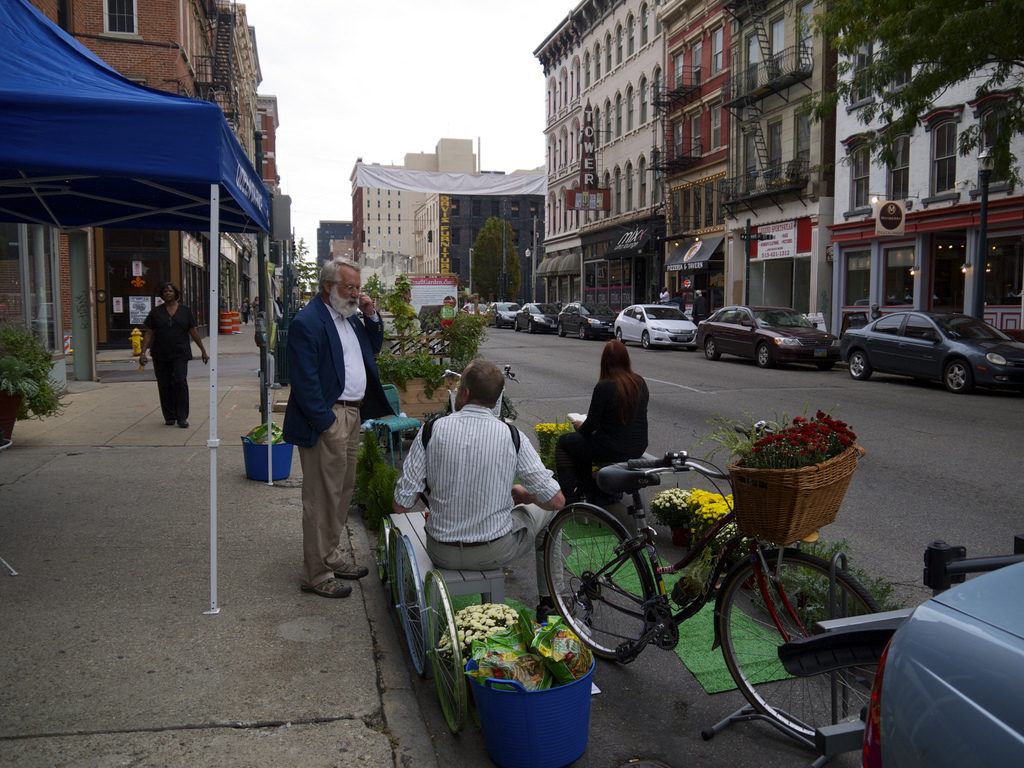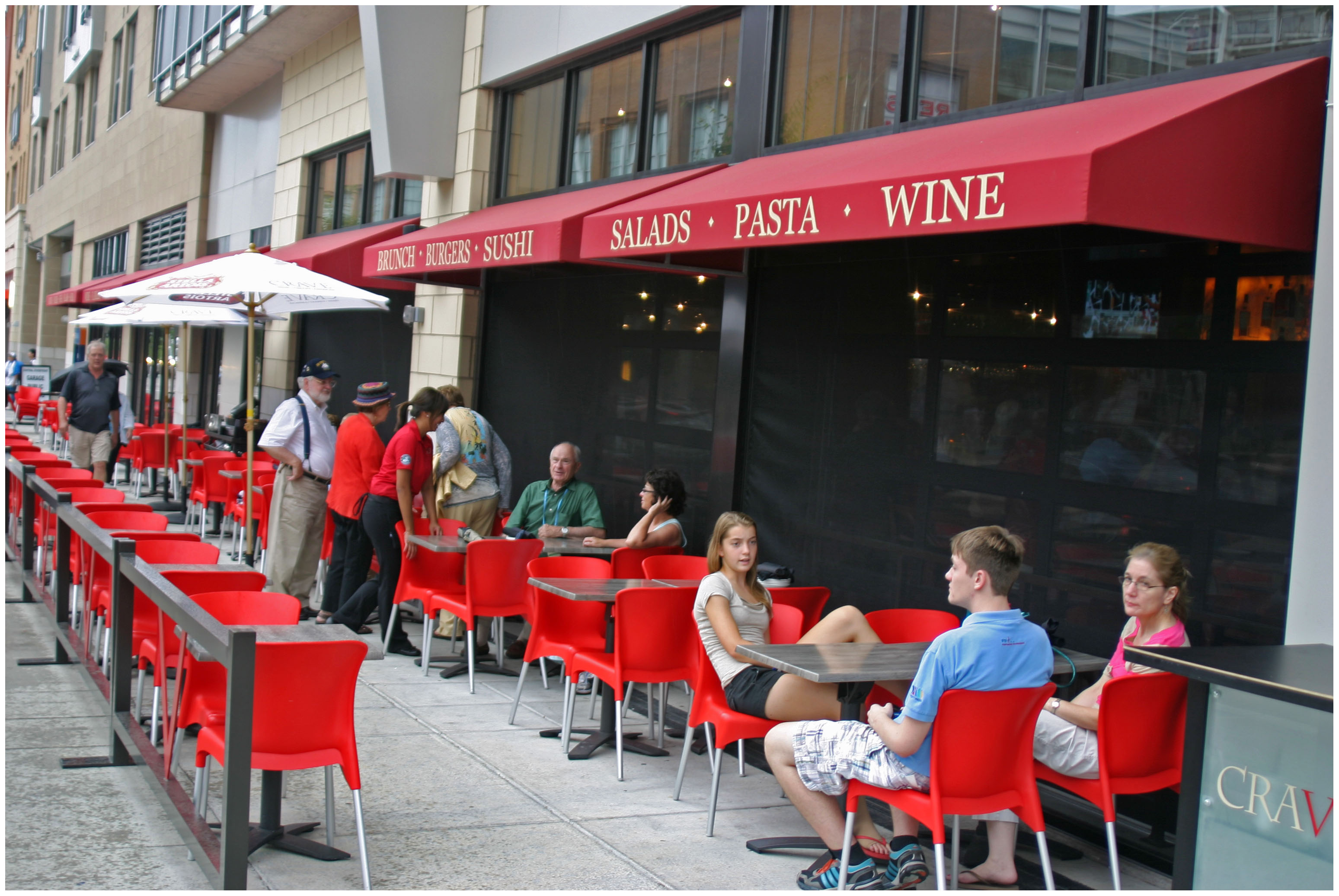In Cincinnati, orchestrated academic support boosts students from cradle to career.
Cincinnati Public Schools has not only become the highest rated urban school district in Ohio, it has also become a model of reform for the rest of the United States. The targeted efforts made by CPS to improve its academics, in conjunction with local efforts by groups like Strive Partnership, have established the district as a national leader, and reestablished it as a trusted local asset. More from MSNBC:
There are indications that the early intervention and sustained support are working: The percentage of children deemed ready for kindergarten, while still just over 50 percent, has increased 9 percent since 2005. Eighth-grade math scores for Cincinnati public school students have increased 24 percent over the same period. Officials with Strive Partnership, which provides an organizational backbone to the collaboration, estimate that around 100,000 children and students participate in the partnership in some fashion.
The Cincinnati model has attracted national interest. The Obama administration has dedicated $40 million to a “Promise Neighborhoods” initiative that encourages community groups to form similar partnerships. Many cities have loose networks of educational, social service and philanthropic agencies. But it’s rare for a network to be focused on the singular goal of raising student achievement. Also key is getting agreement on a common method of tracking their work, said Greg Landsman, the executive director of Strive.



